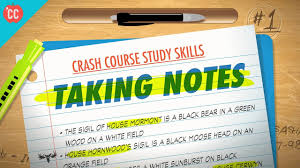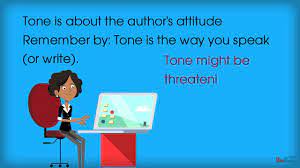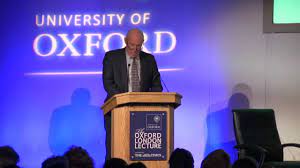4 Ways to Bring Modernism into Your English Literature Classroom
In recent years, there has been a renewed interest in the works of authors like James Joyce, William Faulkner, and Ernest Hemingway. While these authors are classics and deserve to be studied in any English literature class, there is no need to stick to traditional texts. There are plenty of modernist works available on YouTube that can add a new layer of complexity and excitement to your classroom discussions.
One of the key features of modernist writing is its emphasis on experimentation. This means that writers were often willing to try out new techniques and explore new ideas. This was especially true during the 1920s and 1930s when modernism was at its peak. Some great examples of modernist writing that can be used in your classroom discussion include James Baldwin’s “The Fire Next Time” and Toni Morrison’s “Beloved.” Both novels focus on race relations in America and use innovative storytelling techniques to explore complex issues.
Another great way to introduce modernism into your classroom is by reading short pieces from the canon alongside more contemporary works. This will give students a wider range of examples from which to learn about this vital period in literary history. You could also choose to assign readings from specific Modernist authors, such as Raymond Carver or Eudora Welty. By familiarizing students with some of the most important works from this era, you can help them better understand why these authors have been so influential over the past
youtube Massey university literature review
1. Start with a modern text. One of the best ways to introduce students to the style and themes of modernist literature is by reading one of the works yourself. Classics like Wuthering Heights or Pride and Prejudice can be reimagined in a modernist light, giving your students a fresh perspective on these familiar stories.

2. Use movies as a way to connect modernism with your students. Movies are a great way to explore the aesthetics and themes of modernist literature without having to read entire books. Watching movies like The Great Gatsby or The Catcher in the Rye can help students better understand the stylistic elements that make these texts unique.
3. Make use of online resources to supplement your classroom lectures. There are numerous online resources that can help you teach modernist literature in a meaningful way. Try using websites like The Modern Library or The New York Times Book Review for supplementary readings and discussion prompts.
4. Encourage student participation by assigning creative writing tasks that require them to apply elements of modernism to their work. This will encourage them to think critically about literary works and give them an opportunity to share their own insights into modernist literature in class discussions.
youtube medieval literature
1. Use videos as a way to introduce students to literary modernism. A short clip of a modernist text read aloud can be used to introduce the movement and its key authors, such as T.S. Eliot and Ezra Pound. Additionally, short readings of modernist works can be used to spark discussion and debate around the merits of this literary style.
2. Introduce students to some of the key themes and ideas explored by modernist writers. This could include topics like experimentation with language, disillusionment with traditional values, and a focus on individual experience over traditional societal norms.
3. Explore how modernist writers use structure and form in their writing. This could involve discussing specific examples from their texts, or teaching students how to break down classic modernist poems or stories into their component parts.
4. Help students appreciate modernist literature by teaching them about the historical context in which it was written. This could involve discussing societal changes that led up to the emergence of this particular literary movement or exploring specific political or cultural contexts that influenced these writers’ work.



